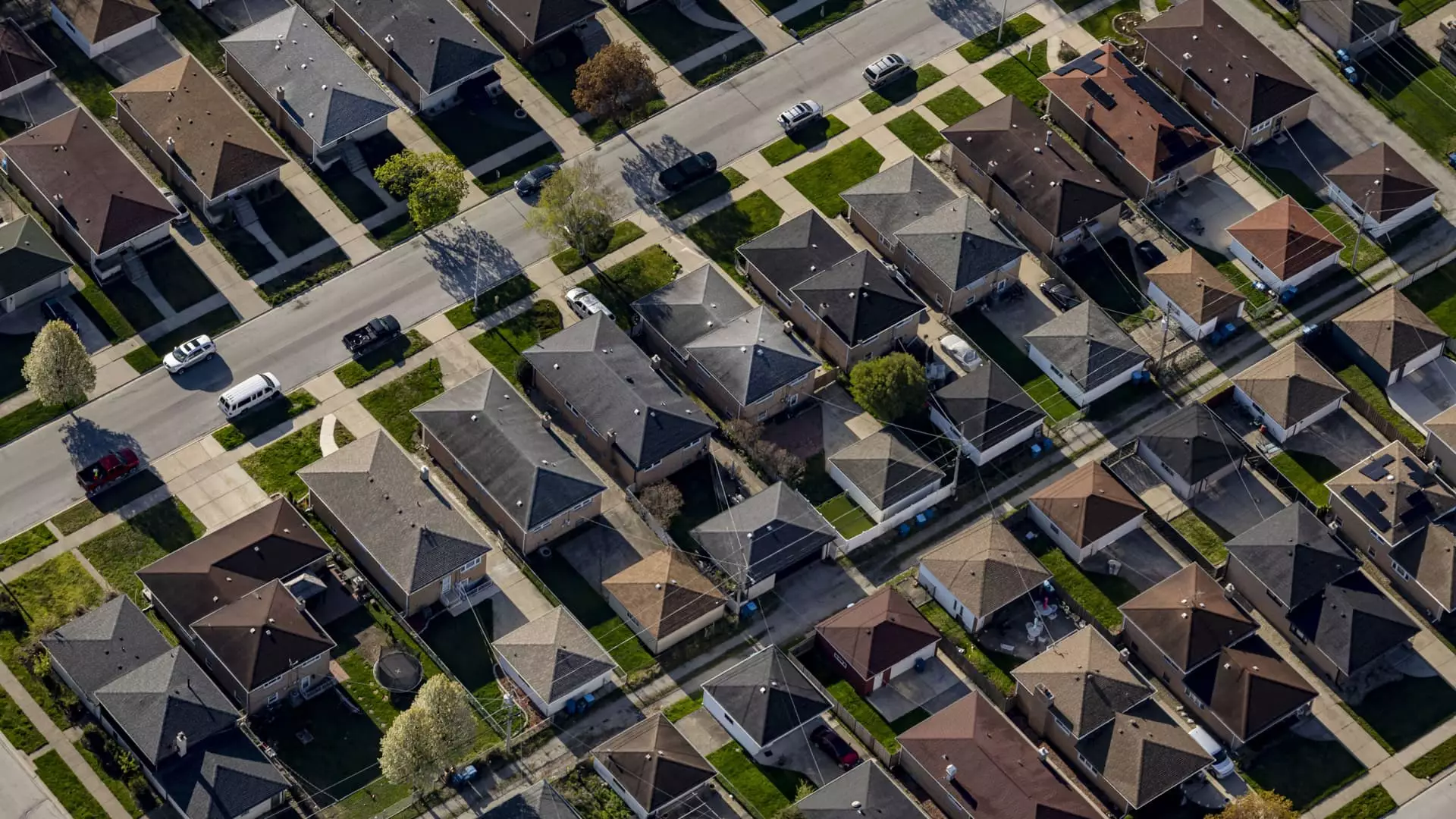In the wake of President-elect Donald Trump’s electoral triumph, a notable ripple effect has been observed in the financial landscape of the United States. The unexpected rise in the yield of the U.S. 10-year Treasury bond has had significant implications for the housing market, particularly for mortgage rates. These changes not only affect prospective homebuyers but also influence the stock prices of housing-related companies, prompting a broader analysis of the economic trajectory as it relates to Trump’s proposed policies.
Following the election results, the average interest rate on a 30-year fixed mortgage experienced an ascent of 9 basis points, elevating to 7.13% as per recent reports from Mortgage News Daily. This increase marks the highest rate observed since early July 2023, though it falls short of the dramatic surges that some analysts had forecasted. Financial experts had anticipated that a Trump victory, particularly coupled with Republican dominance in Congress, would trigger a robust uptick in mortgage rates due to heightened inflation expectations. Matthew Graham, COO of Mortgage News Daily, articulated that even the election outcome alone was sufficient to initiate a rise in mortgage rates, which had already been adversely impacted by rising Trump-related market volatility.
The repercussions of rising mortgage rates have resonated across the stock market, particularly among housing stocks such as Lennar, D.R. Horton, and PulteGroup, which all observed a decline of approximately 5% in their share prices. This vulnerability reflects the sensitivity of these builders to fluctuations in mortgage rates and the economic climate. In addition, home improvement retailers like Home Depot and Lowe’s also reported downturns of around 3%. John Burns, the CEO of John Burns Real Estate Consulting, pointed out the correlation between inflation expectations and long-term interest rates, which adds another layer of complexity to the already turbulent housing market.
While Trump has yet to provide a comprehensive housing agenda, he has indicated a preference for deregulation and facilitating more construction on federal land. The National Association of Home Builders expressed optimism towards Trump’s incoming administration, aiming to collaborate on legislation that could enhance housing supply and address affordability challenges. The speculative environment surrounding housing policies under Trump reflects the underlying market conditions where uncertainty reigns amidst rising rates and shifting economic paradigms.
Interestingly, despite rising mortgage rates, the market for existing homes has witnessed an unexpected increase in sales activity this fall. Pending sales rose by 7% in September compared to August, as reported by the National Association of Realtors. The increase can be attributed largely to greater housing supply, with active listings increasing by 29.2% year-over-year. This surge in supply has brought the inventory to its highest level since December 2019, indicating that while prospective buyers face higher borrowing costs, they also have more options available to them.
As the dynamics between mortgage rates, housing supply, and the economy continue to play out, experts urge caution. Graham emphasized the unpredictable nature of the economic landscape, asserting that future developments will hinge significantly on inflation trends, economic health, and the pace of Treasury issuance. Homebuyers, for instance, now face a stark difference in mortgage payments; a borrower seeking a $400,000 home with a 20% down payment would see their monthly payment escalate from $1,941 in early September to $2,157 today—an increased financial burden of $216.
The implications of Trump’s victory reach far beyond the electoral outcome; they have triggered an intricate dance of rising mortgage rates, declining housing stocks, and fluctuating market dynamics. As various players in the housing market adjust to these changes, both current homeowners and potential buyers must navigate a landscape riddled with uncertainties, offering an ongoing challenge for economic stability and housing affordability. The future remains ambiguous, with the potential for further shifts depending on a multitude of economic factors and policy decisions yet to be made.

